Showcasing ROI on PR-led campaigns remains a major challenge: Prasidha Menon
As part of our latest series on ‘PR Conversation’, we at Adgully are speaking to some of the industry leaders from both PR agencies and the corporate communications world about how PR as a business and communication tool has evolved and grown over the years. In the last 10 years, PR has taken a different dimension, especially after the entry of social media in a big way. While the PR business has grown, some of the challenges that the industry is facing have also multiplied as clients are becoming more demanding and are expecting their consultants to be on their toes to manage their brand reputation, as news today travels fast and clients are expecting quick response and action in case of a crisis situation.
Also read: Immersive storytelling platforms are the future: Arpan Basu, Coca-Cola India
In conversation with Adgully, Prasidha Menon, Global Head of Communications, OYO Hotels & Homes, takes us through the evolution of OR over the last 10 years, addressing the larger reputation goals through a multi-stakeholder focus, impact of COVID-19 on the way companies and PR partners engage, and much more.
How has PR evolved in the last 10 years? Going forward, how will the industry shape up as the dynamics of the PR is changing with the acceleration of digital?
Having spent over a decade and a half in the PR & Communications industry, I have seen both Indian and global companies leverage the power of storytelling. Over the years, the role of the communications function in a company has evolved in a big way. During the mid 2000s, PR was still a very nascent industry in India, with only a handful of local agencies playing the field. At that time, many global companies were making headway in the country. Following the arrival of some of these Fortune 500 companies, several global PR agencies soon established their presence in India, usually through acquisitions of smaller, local players.
I still remember, things were done very differently compared to the present day. We snipped physical copies of newspapers for coverage clips. We would make coverage dossiers. Sometimes, we personally delivered press releases to the journalists and organised a lot more press conferences for announcements, compared to today. We also worked on AVEs to show impact, those unending excel sheets. While some companies didn’t have Corporate Communication functions, the ones that did were usually run by marketing teams.
Today, this has changed. Corporates and start-ups alike understand the importance of the communication function and the value it brings to the organisation. I believe that this shift mainly occurred owing to the emergence of an explosive media landscape in India. In the past decade, we’ve seen Indian media change dramatically with the advent of digital and social media platforms, the rise of influencers, the evolution of traditional media, their foray into the online space and of course, the importance of prime time television news. More companies started acknowledging the need for a strong communications team to be the flagbearer of their reputation. Another factor that led to the growth of the PR industry is the fact that today anything could make news, sometimes fake news. All you need is ‘three sources close to the development’. Such stories are often damaging. This made many companies realise the importance of focusing on corporate reputation, the need to stay connected with their stakeholders, or simply, just tell their stories before others do it for you.
While PR was still a nascent industry in India when I started out as an associate, today it is a function that’s not just important but essential for brands. Companies are starting to realise the potential of earned media, the authenticity it brings to the table and its importance in carrying forward the brand or organisation’s reputation.
As we know it, the media and PR industry are hand in glove, both work together to create impactful stories. Since those early days, the advent of communication technologies has enabled us to connect with the media, share and track information in real time, measure the success of a PR campaign and become thinkers and enablers in building brands, as opposed to solely relaying information. Now, as we move forward, I believe that the line between marketing and communications is slowly blurring. Both functions cross paths and the success of a company’s efforts in reaching their consumers lies in integrated communications or the practice of ‘One Organisation, One Voice’. Since the reputation of the company has a huge impact on business continuity, as a corporate communications professional, in the present day, one has a stronger voice in the boardroom, seat on the leadership bench, and sometimes the ability to veto a decision. We have now thought partners focused on delivering business outcomes aligned with reputational goals, and not execution partners focused on next-day coverage.
Historically, the PR industry often had more women employees at the junior and middle levels, but not necessarily at the leadership level. But this is changing too. We see more and more women step up as leaders in the industry, which is a welcome change.
The pandemic has disrupted everyone. In these times, how have you managed the expectations from your PR agency? Did you redefine your objectives to them and revisited your deliverables?
Yes, absolutely. In times of crisis, as the torch-bearer of the company’s reputation, one cannot go about the usual. The pandemic has gravely impacted industries across the world, with the hospitality and tourism industry being one of the hardest hit. In light of the pandemic, we had to re-tool and rethink our plans and align our objectives to our business goals. As a leading Indian hospitality start-up that went global, we also had to set a precedent for the rest of the industry – one that stems from compassion and being a good corporate citizen, helping one’s nation and the industry at large, and fighting the pandemic but also keeping in mind the changing business dynamics. As the communications team, we were all instantly onboard and focussed our efforts towards enabling others, getting our house in order and thinking ahead of time. We have a full in-house Comms team at OYO that dedicated all its time on planning the way forward and tackling the crisis, being transparent and proactive. During these times, interpersonal relationships matter the most. Updating your media colleagues and friends with authentic information goes a long way in nurturing these relationships. Our agency partners were aligned and we carefully planned to sail through the crisis. At the heart of all our efforts, we wanted to continuously engage and support all our stakeholders, be it our asset partners, consumers, or employees.
In my opinion, communications teams that are agile and quick to adapt to fast-evolving crises like these emerge stronger. When faced with a once-in-a-lifetime crisis (hopefully) like COVID-19, we all have a responsibility to shoulder, and by tackling it head on, we carve a niche for the company and ourselves through a constant learning and unlearning process.
Today artificial intelligence and data analytics are becoming very important in marketing and communication. How are you making use of this to help in your overall messaging and achieving your ROI?
While I think we still have a long way to go, we do synergise with our marketing teams to leverage data and narrate impactful stories backed by hard facts and numbers. At OYO, technology is embedded in everything we do. And as the PR team, we recognise that and leverage the power of data to tell exciting stories for our consumers. For instance, we use data to build our annual travel and lodging consumer trends report called ‘Travelopedia’ and many such topical pieces on Women’s Day, Valentine’s Day, among others.
PR measurement and effectiveness of PR has always been a subject of debate. As a PR professional, what steps the PR industry should take to bring in uniformity so that everyone speaks one language when it comes to PR measurement?
On the measurement front, in today’s corporate world, yes of course – numbers matter the most. However, showcasing ROI on PR-led campaigns remains a major challenge for the industry. Unfortunately, even today, AVE is one of the oldest measurement metrics in the PR industry. However, not the most sophisticated/ reliable one, which is why many are doing away with it for more authentic metrics (changes from organisation to organisation).
While there isn’t much work done in terms of measuring the impact, there are ways through which we can measure output and outcome, for example, through the tonality, sentiment and quality over quantity analysis of coverage. Measuring the quality of the campaign over quantity definitely is one such change that is in the positive direction across the Communications industry.
We currently work with media monitoring and measurement agencies to evaluate the effectiveness of our communications, and are also considering working with leading market research and data companies to measure perception change at a stakeholder level.
Getting the right skillset and training has always been a challenge in the PR profession. What is your view on the same and what would be the valuable tips that you would like to give to the budding young professionals?
As communications professionals, the onus of protecting the company’s reputation lies in our hands. It is super important for all PR & communications professionals to upskill and stay up to date with the changing media and communications environment. It is also important for us to invest in understanding business and operations, competitive landscape, and regulatory and legal frameworks, within which any company operates. All of this will enable us to deliver on not just reputational goals, but also drive business outcomes, which is critical to our success.
Simply put – always Pre-empt, Plan, Prepare and Prioritise. Read. This will help you identify good stories that will help drive your communications goals and will also be relevant for the readers. Know the world around you and the pace at which it is evolving. Think from a business perspective rather than a PR perspective. Stay connected with your stakeholders. Build valuable relationships with the media and influencers. Be a thought partner rather than a medium/ mediator, both for your business stakeholders as well as your media friends.
Most importantly, be patient and persevering. Communication is often a thankless job, so if you are not self motivated, you will not be able to face the day to day challenges.
Do you think the traditional role of interpersonal communication, which was so critical to the profession, has somehow been put to the back burner because of too much virtual engagement? How are you experiencing that, is it bringing down the efficiency and the final output?
Absolutely not. COVID-19 has surely impacted the way we engage, but in essence things have not changed. We at OYO continue to work on building and strengthening those relationships even further. We are conducting virtual media tours, most of which are not coverage driven. We are constantly in touch with our stakeholders (beyond media) virtually, and continuously ensure that information is being shared responsibly and efficiently. At the end of the day, during such tough situations the relationships that we’ve built over the years reflect. Be it a journalist or a communications professional, we’re all here to tell interesting stories. It’s a shared/ common goal.
My two cents to every communications professional – engage frequently, but not unnecessarily. There is a thin line between good storytelling and pushing stories that are exciting only for the company but not the world at large. So, it’s important to think like a journalist before you decide the pitch. Last but not the least, build quality relationships over transactional ones during the course of your career. It goes a long way.
Your PR partner plays an important role in building your brand reputation and also helps you in shaping a positive opinion of the company. How do you measure your agency’s performance and evaluate them every year?
Communications agencies that invest in specialised resources understand core business problems and, therefore, have the ability to address the larger reputation goals through a multi-stakeholder focus, multi-pronged approach and leveraging multiple mediums across owned, earned and paid are bound to thrive. After all, essentially agencies are an extension of communications teams.
These are exciting times, and I think the best ideas and best minds will rule the roost. And that’s what we’re chasing in our journey together with our agency partner. To ensure we’re all on the same page, at OYO, we conduct monthly reviews internally and externally to evaluate the team’s performance as well as showcase the good work that’s being done. We also have weekly chats with our external partner agency to align objectives, strategies and expectations. We divide work and trust each other’s intelligence and intent. The only expectation I have from my agency partner is that they feel our pain, which they do. That’s why they are always ready to share the load, and be our thought partner.


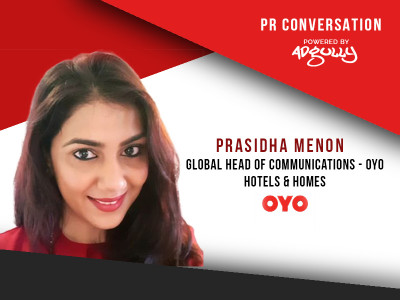





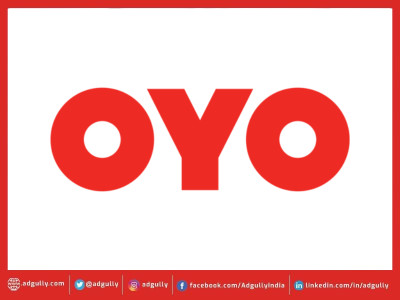
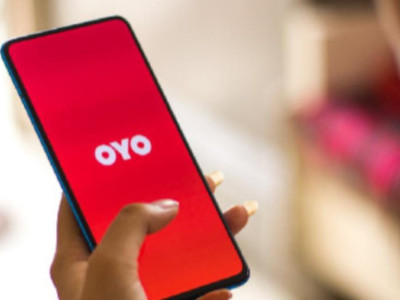

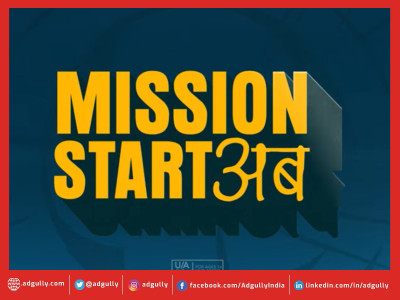
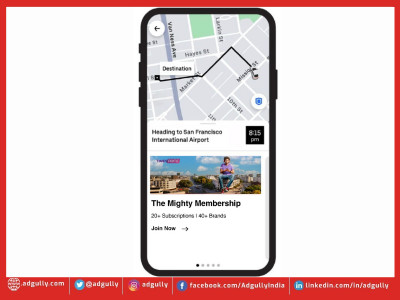
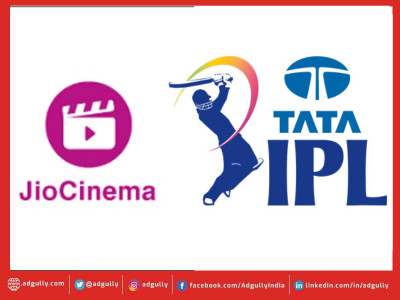
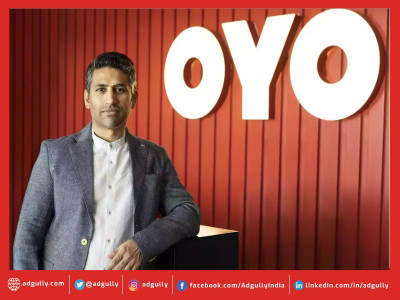


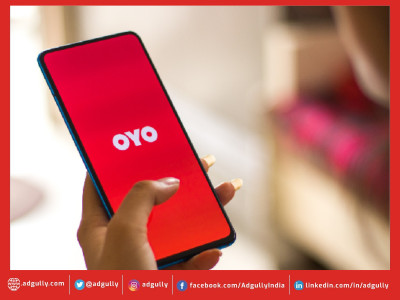
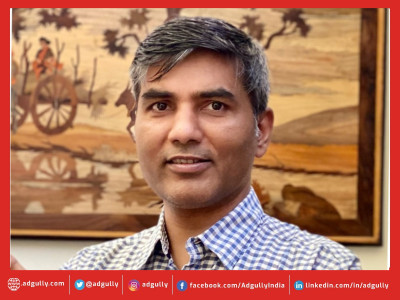
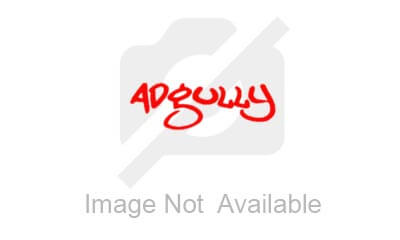

Share
Facebook
YouTube
Tweet
Twitter
LinkedIn